As the Olympic and Paralympic Games begin in Paris, more than 200 chefs will be tasked with preparing more than 13 million meals. Here’s what players can expect.
When the Olympic Games begin in Paris on July 26, it will host for the first time. Breaking will debut as an Olympic event. Gender equality will reign for the first time, with women competing as much as men. And given that the Games are being held in France, it’s perhaps no surprise that the Olympic Village will also be home to one of the world’s largest restaurants.
Feeding 15,000 international athletes from 208 letters and countries is a huge task, with 200 casuals ready to prepare more than 40,000 meals, both in the Olympics Village restaurant and in 14 locations across the city. During the two 15-day periods of the Olympics and Paralympic Games, more than $3 will be served for meals – the equivalent of the caterers at 10 soccer World Cups.
The Cité du Cinema film studio complex, located in Saint-Denis on the outskirts of Paris, will be the nexus of this culinary feat. Here, players will have access to six main areas dedicated to French, Asian, Afro-Caribbean and global cuisine, with 500 different recipes catering to a variety of tastes. The menu was developed in collaboration with former French sailor and bronze medalist Hélène Defence (now a nutritionist), who focused her expertise on helping to provide “an overall enjoyable, nourishing offering that It should complement any type of food,” he said. He paid close attention to the quality and transparency of the ingredients, but also to the flavors and aesthetic appeal of the recipes.
There was also a strict charter for food at the Paris Olympics. It was developed over four years of work with the aim of halving the carbon footprint of food produced during the Games at London 2012. As a result, a quarter of all components will be sourced within a 250 km radius of Paris. , and 20% will be certified organic. All meat, milk and eggs will be from France and one-third of the diet will be plant-based. Two hundred water, juice and soda fountains have been installed in the Olympic Village and only reusable cups and crockery will be served.
“Our commitments to social and environmental development will ensure that we help Paris 2024 achieve the critical challenge of delivering the most sustainable sports,” said Nathalie Bellin-Szabo, global CEO of Sodexo Live. which is the official partner of the Olympic Village. .
With all eyes on Paris, the stage is set for French terroir to shine. In addition to offering a variety of international menu options, Sodexo Live! Tapped superstar chefs Amandine Chaignot, Alexandre Mazia and Akram Benall, each of whom has created a signature dish that perfectly marries French tradition and local ingredients while keeping in mind the nutritional needs of the world’s top athletes.
“Our commitments to social and environmental development will ensure that we help Paris 2024 achieve the critical challenge of delivering the most sustainable sports,” said Nathalie Bellin-Szabo, global CEO of Sodexo Live. . which is the official partner of the Olympic Village. .
With all eyes on Paris, the stage is set for French terroir to shine. In addition to offering a variety of international menu options, Sodexo Live! Tapped superstar chefs Amandine Chaignot, Alexandre Mazia and Akram Benal, each of whom has created a signature dish that is perfectly suited to French tradition and local ingredients, taking into account the nutritional needs of the world’s top athletes.
“I believe that French gastronomy has an important aspect of health,” said DeFerence, noting that in France, the love of good food can be found “from the village bakery [to] the fine dining restaurant” and even “at the highest level.” .Quality Grab and Go” options. “The cooking methods of French chefs will be incorporated, with little touches, into the overall offerings. And the players will be able to benefit from it all.”
To deliver on the promise, the chefs will also be assisted by Charles Galloway, executive chef of the Olympic and Paralympic Village – the “chef des chefs” – for the duration of the Games. “We’re going to be a little bit like the players,” Guilloy said of his job. “This is my way of participating in the Olympics.”
Here are the chefs behind the world’s greatest restaurants.
Chef Charles Galloway
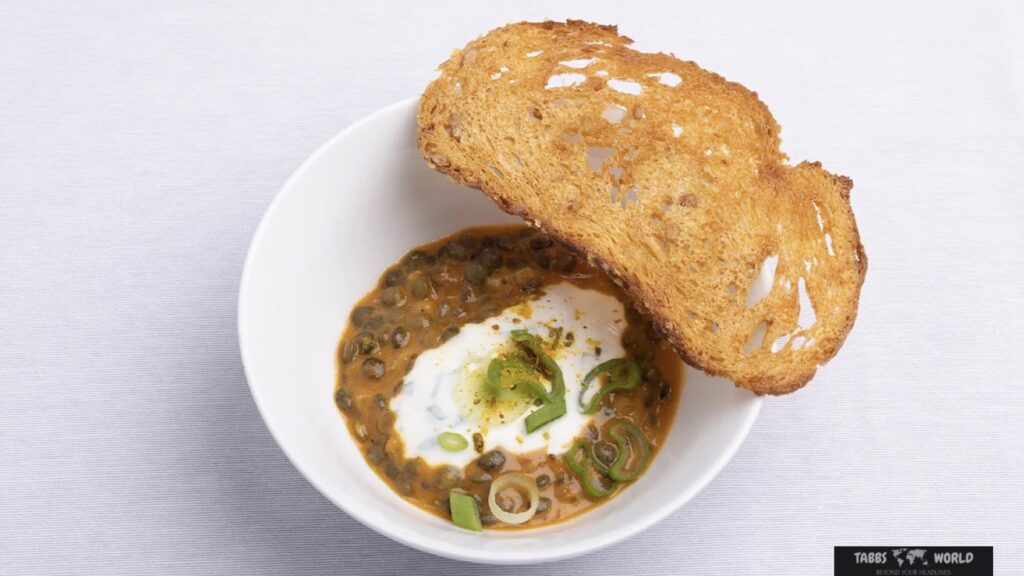
For months, Chef Charles Galloway and his team have been hard at work creating meals that will keep athletes satisfied and fueled. “A 100-kilogram judoka doesn’t eat exactly the same as a 45-kilogram gymnast,” he said, adding that he and his team considered other factors, such as cultural norms, in developing the recipes.
For Guilloy, the Games’ sustainability initiatives were not a hindrance but an inspiration. “To work with fresh, French, seasonal, local, labeled, certified products … for a chef, that’s the best,” he said.
His signature dish takes full advantage of local green lentils from Ulins, just outside of Paris. Lentils have gained a lot of attention in nutrition circles of late, due to their durability and high-quality protein content. “What I love about lentils is that they never go out of style,” he said.
In Guilloy’s capable hands, the pods are turned into lentil lentils and paired with creamy Skyr, Iceland’s cultural yogurt-like cheese that’s not only rich in protein but also full of gut-healthy probiotics. happens. Lentils are seasoned with bright lime and fresh coriander and topped with a crispy corn tuile (a French baked wafer), for a dish that promises to be as delicious as it is. It is rich in nutrients.
Chef Amandine Chaignot
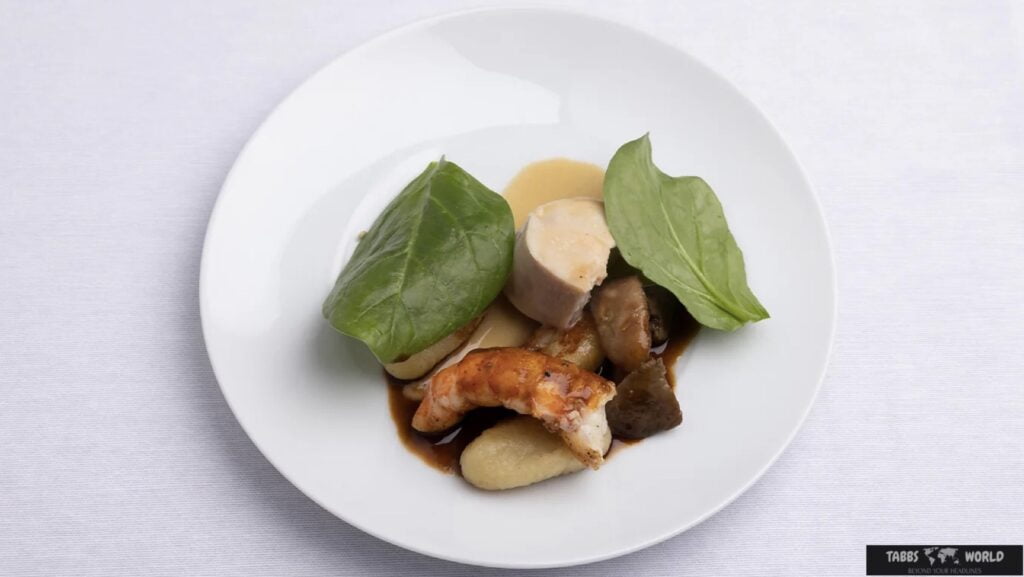
A household name since appearing as a judge on the 2013/2014 season of Masterchef France, chef Amandine Chagnot has sampled some of France’s top cuisines, from Alain Ducasse to Eric Frechon, before opening his Paris restaurant Poliche in 2019. Worked with culinary experts.
The mindset she champions at Poliche, dominated by her values of “warmth, joy, [and] cooking with butter”, will be tailored to the players’ needs thanks to her deep technical expertise. For her signature dish, she has chosen to feature roasted French poultry, not only because it is, as she puts it, “an athlete’s meat equivalent,” but because of its “convincing ” for the familiarity that makes it likely to please a large number of players. From around the world.
“I wanted to create something that would speak to athletes, who are young, who aren’t necessarily foodies,” she said. “I wanted to create recipes that were fairly accessible.”
She’ll pair the poultry with a rich langoustine bisque, a sauce that takes full advantage of French terroir and technique. Reducing the stock significantly will make it super rich without relying too much on butter or cream.
“This langoustine bisque is what’s going to make it back to France,” he said. “That generous quality, that strength of taste.”
Alexander Mazia
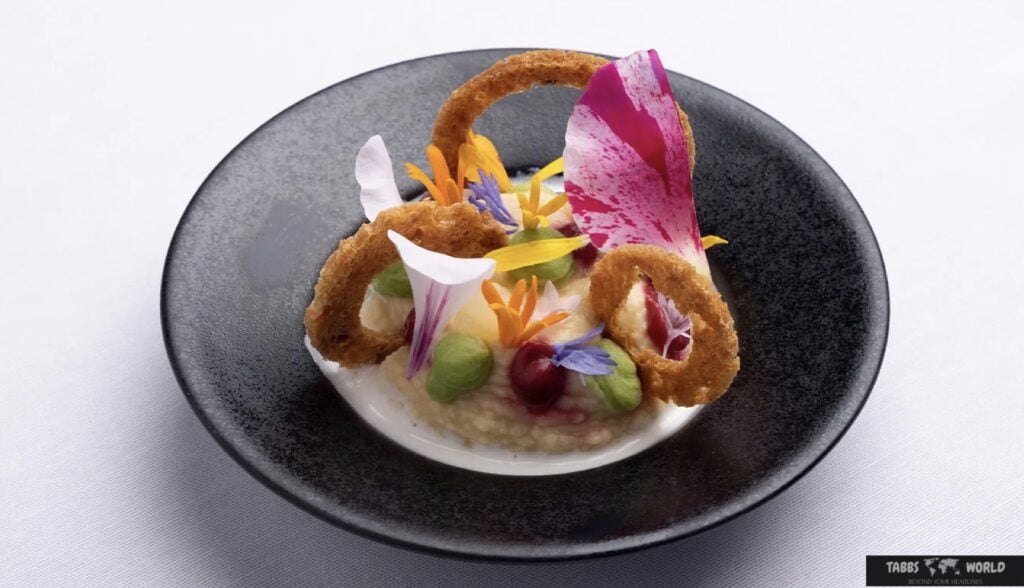
Alexandre Mazzia is already familiar with the challenges of feeding athletes: after all, before earning three Michelin stars at his restaurant AM in Marseille, Mazzia was a professional basketball player. And while he would love to watch the matches between carrying the Olympic torch in Marseille, keeping his restaurant open as usual from Tuesday to Saturday and feeding athletes from around the world in the Olympic Village on Sunday and Monday, he might His hands are full.
“If I get a chance [to watch the basketball final], it will be a pleasure,” he said. “But I’m here for the players above all else.”
His signature dish is built around the same plant- and seafood-forward mindset he champions at AM. Chickpeas, a staple of southern French cuisine, will be whipped into a smooth pomade with verbena. Served with beetroot, peas and a smoky seafood broth made with haddock and pollock, the dish marries the ingredients he loves and the beauty he’s created with heaps of creativity.

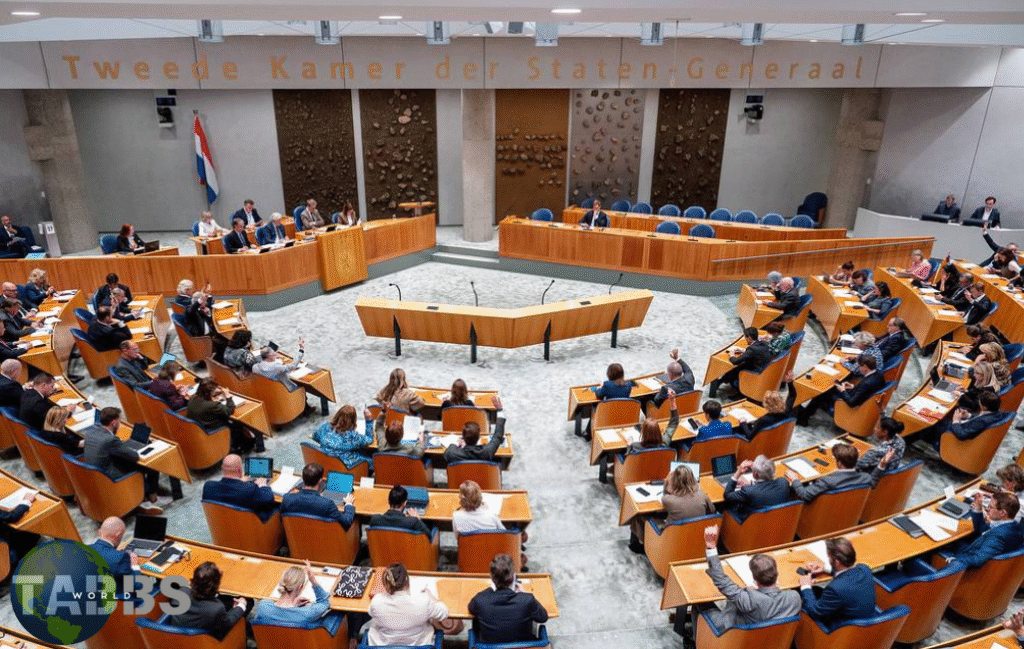
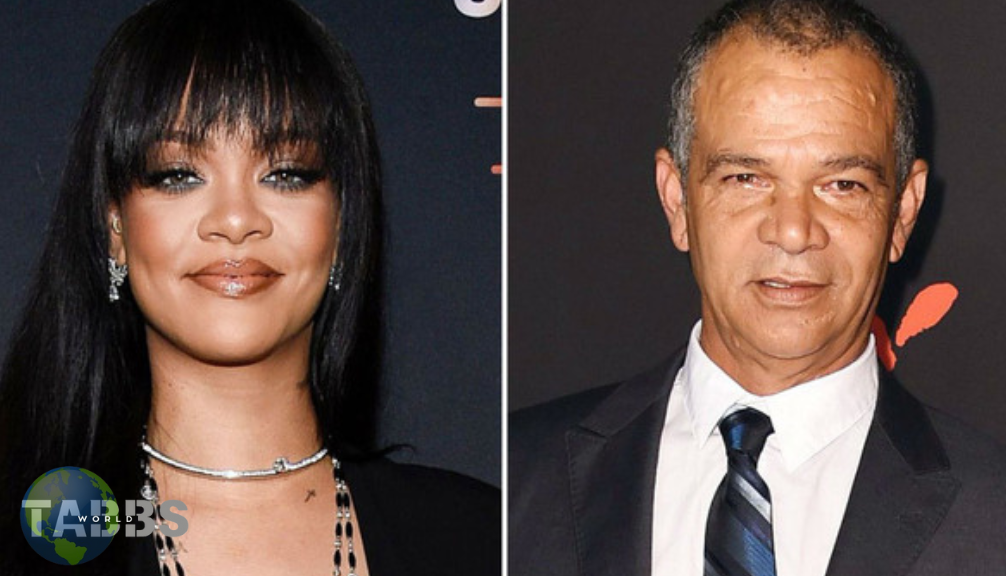

99 time casinowild24.com/all-games/slots/9-pots-of-gold.
How to save money on car rental, without losing quality and safety
Where to order quality double glazed windows in Melbournetriple glazed windows cost https://www.bestnosefiller.com/triple-glazed-melbourne/ .
Individual Lineage 2 servers for experienced players
L2 High Five servers https://cryptoexlicense.com/chronicle/lineage-2-high-five/ .
Why do people keep pets, why people love pets.
what to consider when choosing a pet, which pet breed is right for you.how to ensure comfort and care for pets, how to ensure the health of your pet.what you didn’t know about pets, why people adore pets.tips for training pets, how to teach a dog to fetch.
domestic animals clipart https://www.petstorepetsupply.com/index.php/2024/06/19/seasonal-gardening-tips/ .
Лучшие марки питьевой воды, изучите, чистую воду.
питьевая вода черноголовка fountain-water.com/pitevaya-voda-chernogolovskaya .